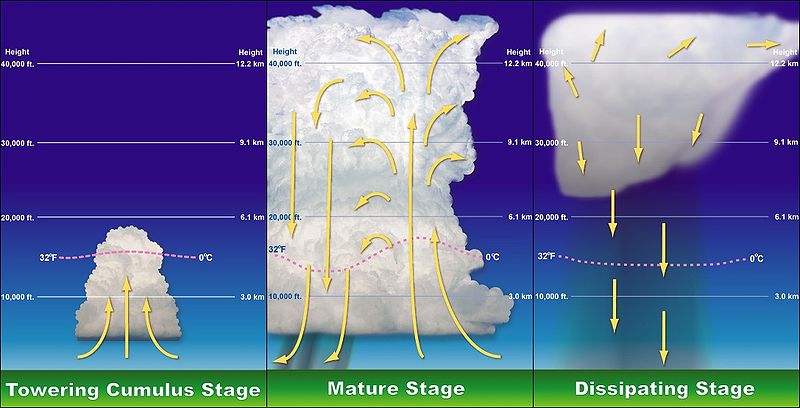Your comment on a rogue planet is a non sequitur because we are dealing with energy flowing through a system.
SSDD's IGL "argument" is a denialist hoax, in effect stating that a gas upon compression will heat up, and then, in that compressed state, keep that temperature indefinitely. It's not worth anybody's time.
.
Sorry, I dealt with the second part of your comment and forgot to return to this.
"Denialist hoax" ? "not worth anyone's time" ?
I don't mean to sound harsh but are you crazy? Air under compression by gravity is the framework of the atmosphere. The biggest factor.
The atmosphere swells in daylight by storing more energy, shrinks at night by releasing energy.
How is that not worth talking about?
An admittedly poor analogy is pumping up a leaky balloon. If you put as much air in as is leaking out the balloon will stay the same size. If you slightly increase the input the balloon will grow until the extra pressure equalizes the input output. And vice versa. Or you could change the size or number of leaks keeping the air input steady to the same effect. The air input corresponds to solar, the leaks corresponds inversely to GHGs.
You can't have an Earthlike atmosphere without an input of energy, the IGL will give you the temperature if rearranged to use density rather than a proscribed volume. And it would be sensitive to changes in composition such as adding GHGs.



